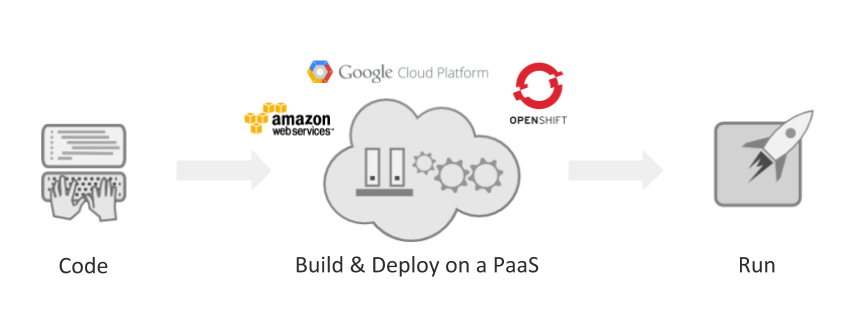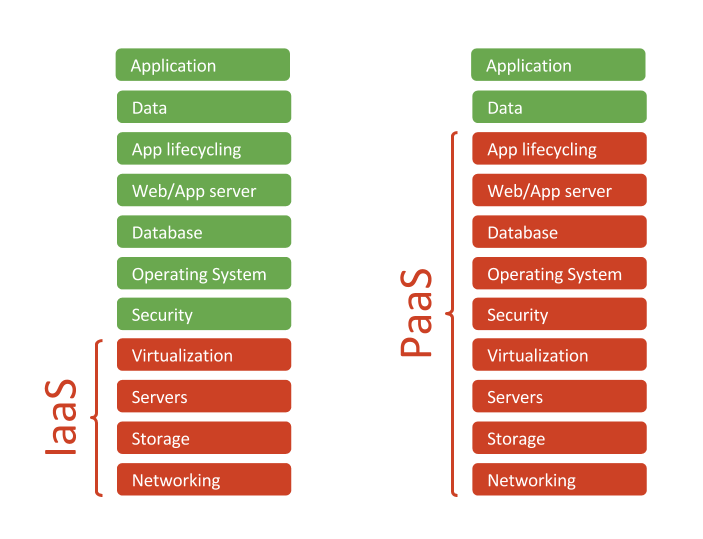A PaaS (Platform as a service) is a Cloud application development platform. It facilitates life-cycle automation tasks, configuration, deployment, and software scaling for teams that focus exclusively on programming the things that really add value to the business.
The most well-known examples are: Openshift, Cloud Foundry, Google App Engine, Amazon Web Services or even Docker has recently brought out its own native solution.

We could say that a PaaS is like a IaaS on steroids. With the arrival of IaaS, the network, storage, servers, and virtualization became a commodity, something that is already there when you begin the development of your application.

A PaaS is one more step in the world of Cloud evolution which adds additional components that you don't have to worry about: security, operating system, databases, servers, and life-cycle management, so that you can focus solely on the application and the data.

The benefits of developing your application on a PaaS:
- Innovation. It allows you to concentrate on the application layer, simplifying the management of all the underlying infrastructure. Therefore it allows you to focus on what the business really needs.
- DevOps. A unified platform for systems and development, which covers in addition the entire Continuous Delivery cycle and allows you to standardise deployments, environment creation, authentication, routing, etc.
- Streamlines development. It serves as a repository for recycling architectures, with many predefined technology stacks. By not starting from zero, efficiency increases and errors are minimized.
- Streamlines deployments. It automates the generation of releases, the cloning of environments and the deployments. It ensures that the versions pass consistently across different environments.
- Cloud by default. The applications developed in a PaaS inherit by default all the advantages of Cloud: security, scalability, new architectures, high availability, cost savings, etc.
- Orchestration of applications. They have a Web console that allows you to manage and monitor applications, in addition to managing the available resources and the quotas of each application. This point is essential for the management of many microservices, I dare say that you cannot manage an architecture with a large number of microservices without turning to a PaaS.
- Multilanguage. Ability to work with different programming languages on a unified platform, eliminating silos in companies.
- Broadcast. Multiple operations, such as applying batch security patches for all your apps.
- Minimizes risks. This is achieved thanks to standardization but also because the best known PaaS have thousands of testers and great convenience behind them.
With these 9 benefits, we can say that the word PaaS is not just another buzzword, but is an almost indispensable tool today for IT departments to work more efficiently and, in this way, be able to meet business needs at the pace demanded by the Internet.
Comments are moderated and will only be visible if they add to the discussion in a constructive way. If you disagree with a point, please, be polite.







Tell us what you think.